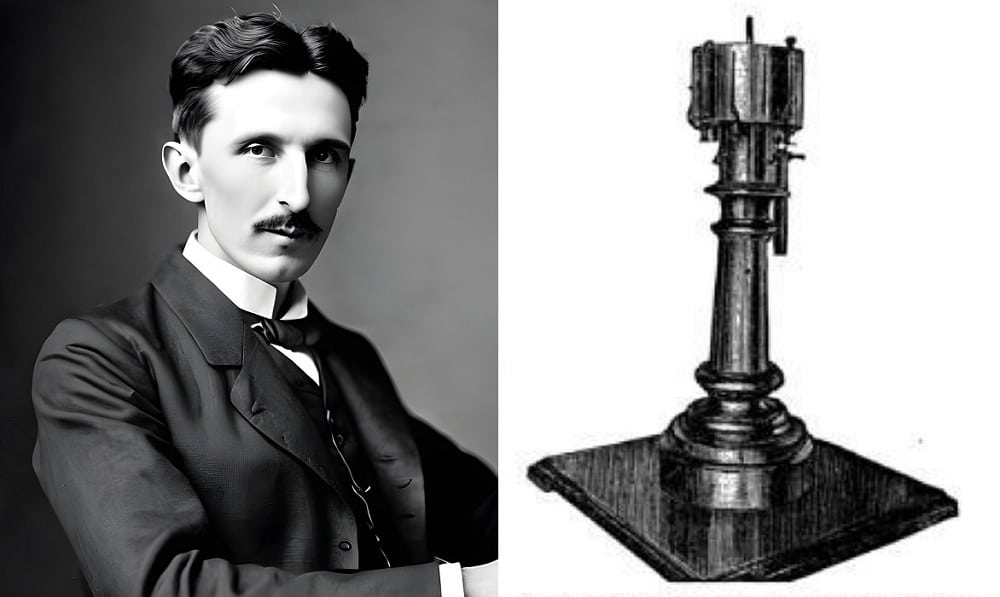Nikola Tesla, the enigmatic inventor and electrical engineer, remains a figure of fascination and mystery in the annals of scientific history. Among his myriad inventions and theoretical explorations, one of the most intriguing concepts attributed to him is the notion of an "earthquake machine.
Nikola Tesla's electro-mechanical oscillator, sometimes referred to as his "earthquake machine," is a device that Tesla claimed could generate powerful vibrations capable of causing earthquakes. Tesla described this invention in his patents and in various writings, suggesting its potential for both beneficial and destructive applications. In his later years, Tesla asserted that a certain iteration of the oscillator was responsible for triggering an earthquake in New York City in 1898, earning it the nickname "Tesla's earthquake machine" in popular culture.
The basic concept of Tesla's electro-mechanical oscillator involved using mechanical vibrations to produce electrical energy. The device consisted of a piston or mechanical oscillator that was driven by compressed air or steam. As the piston moved up and down, it would create mechanical vibrations, which Tesla believed could be amplified and harnessed to generate electricity.
Tesla proposed that the oscillator could be used to produce energy more efficiently than conventional methods of the time, such as steam engines or turbines. However, he also speculated that if the vibrations were not properly controlled, they could potentially lead to destructive effects, including seismic disturbances resembling earthquakes.
While Tesla conducted experiments with mechanical oscillators and claimed to have achieved impressive results in terms of vibration amplification, there is no evidence to support the notion that his device was capable of causing earthquakes. Tesla's claims about the potential seismic effects of his invention remain controversial and have not been substantiated by scientific research.
One key aspect often discussed in relation to Tesla's earthquake machine is his experimentation with resonance. Tesla believed that every object, including the Earth itself, had a natural resonance frequency. By understanding and harnessing these frequencies, he speculated that it might be possible to induce vibrations of such intensity as to produce seismic effects.
Another element central to Tesla's work was his exploration of wireless transmission of energy. His experiments with high-frequency electromagnetic waves and the concept of a "worldwide wireless system" suggest that he envisioned a method of transmitting energy over vast distances without the need for conventional power lines. Some theorists speculate that Tesla's earthquake machine could have utilized this wireless energy transmission principle to deliver seismic forces remotely.
Furthermore, Tesla's interest in harnessing natural forces, such as water power and geothermal energy, hints at his appreciation for the Earth's immense energy potential. It's conceivable that his earthquake machine, if it indeed existed, tapped into these natural forces in a controlled manner to produce seismic disturbances.
Deciphering the mysteries of Tesla's earthquake machine remains a tantalizing challenge for scientists, engineers, and enthusiasts alike. While some dismiss it as a fanciful notion or attribute it to the realm of myth and legend, others continue to explore the possibilities inherent in Tesla's visionary concepts. Whether the earthquake machine is a product of misunderstood genius, a theoretical concept ahead of its time, or merely a figment of imagination, its enigmatic allure continues to captivate the imagination and inspire curiosity about the mind of one of history's greatest inventors.














0 comments:
Post a Comment